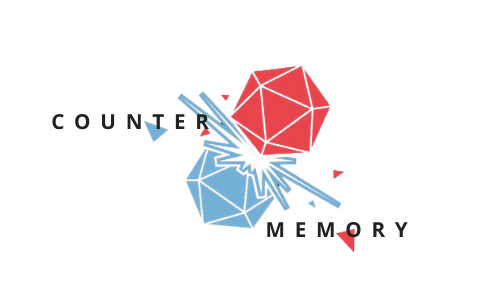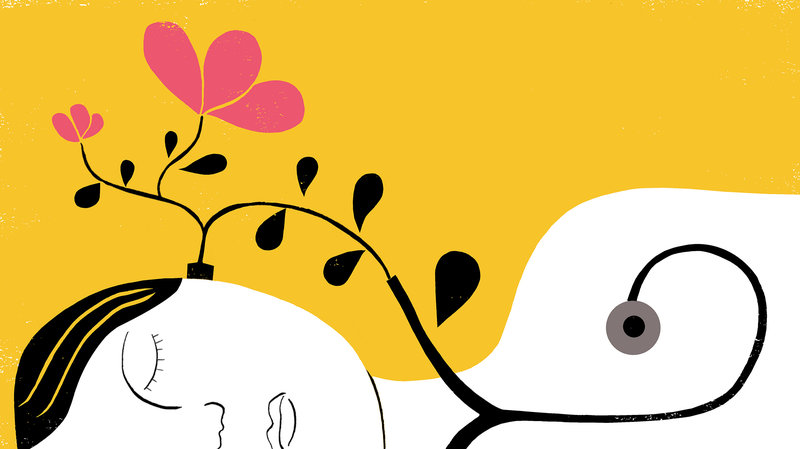Early discussions with the second hospital through VYAC’s advisor were more promising, with a doctor initially indicating they could provide the abortion there. By this time we began pursuing other options in Ho Chi Minh City and found a public hospital, which explicitly published in writing and online their abortion policy from 13-22 weeks gestation. But the doctor began by saying they could not provide an abortion and suggested that Sarah could check into the hospital, wait a month and then deliver prematurely, saying “after a month, if she has a premature birth and the baby is dead, the hospital will process it as a medical procedure. But if the baby is alive, she’ll have to take it back home with her". This shocked the VYAC team and they were forced to make the risky decision to engage with private sector hospitals, which legally could not provide abortions exceeding 12 weeks gestation. “We’ll pay any price, we need an abortion. There’s no going back without one”, Sarah said"
Month: June 2020
An alternative reading of the dealth in 13 Reasons Why’s finale season
Justin’s HIV/AIDS-related death works well to break this circle and pathologises HIV/AIDS condition just like other severe health conditions which we do not see discrimination and deadly isolation attached to it. We see so much intimacy from physical to mental connection, from the waiting room fully occupied by his school friends to the closet moments with his girlfriend – Jessica, his “brother” – Clay, and his “parents” – the Jensens. Death is expected, we all die, yet when people with HIV/AIDS die, the HIV/AIDS identity marks their end. Justin’s death, indeed, we never want it as a fan, are remembered because of all those good deeds he has done for other characters
Phân biệt chúng tộc là vấn đề Y tế công cộng: Bài viết trường hợp về Sức khỏe phụ nữ Bản địa Úc
Ngoài ra việc phẫu thuật cũng để lại cho Kay một vết sẹo lớn và xấu xí (gốc: a big dog stitches, vết khâu lớn cho chó), và cô cho rằng đó là một sự phân biệt đối xử. Việc bị đối xử giống hoặc còn không hơn cả động vật là một sự sỉ nhục đối với Kay, bởi trong lịch sử đen tối của nước Úc khi mà người da trắng kéo đến mảnh đất quê hưởng cô, những người bản địa như Kay bị nhìn và đối xử không phải như con người và ‘ những người bản địa ở đây bị săn như những con thú hoang’ (McConnochie và cộng sự. 1993, trg. 45 – 47). Để thực sự thu hẹp khoảng cách về sức khỏe, các trung tâm cung cấp dịch vụ do chính cộng đồng người bản địa làm chủ đã được thiết lập trên cả nước Úc. Theo tổ chức Sức khỏe bản địa quốc gia, thông qua việc đảm bảo một môi trường văn hóa an toàn, các trung tâm dịch vụ dựa vào cộng đồng bản địa đã tạo điều kiện cho ‘người bản địa nắm giữ được sức mạnh trong chính nhân dạng, cộng đồng và văn hóa của mình’.



